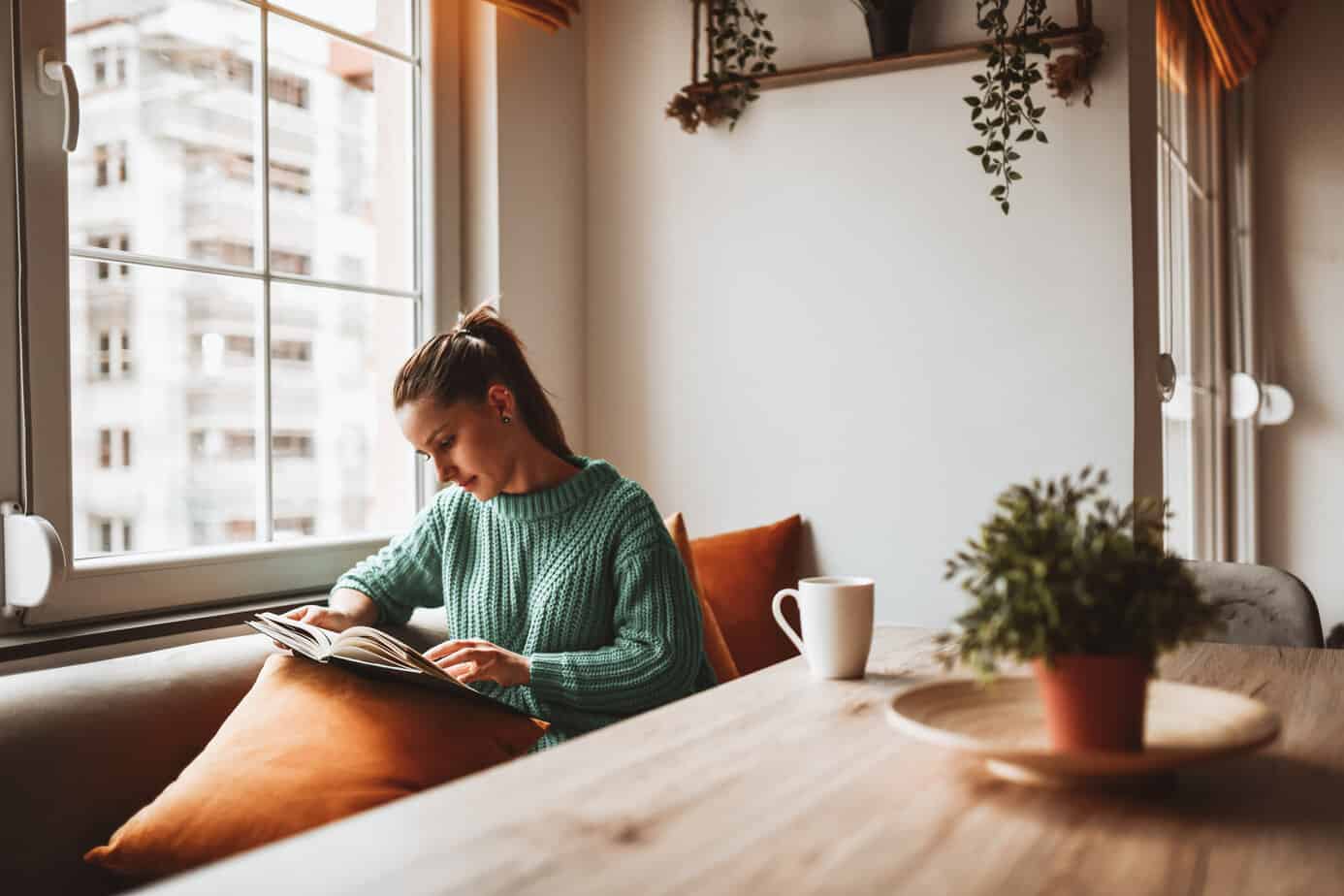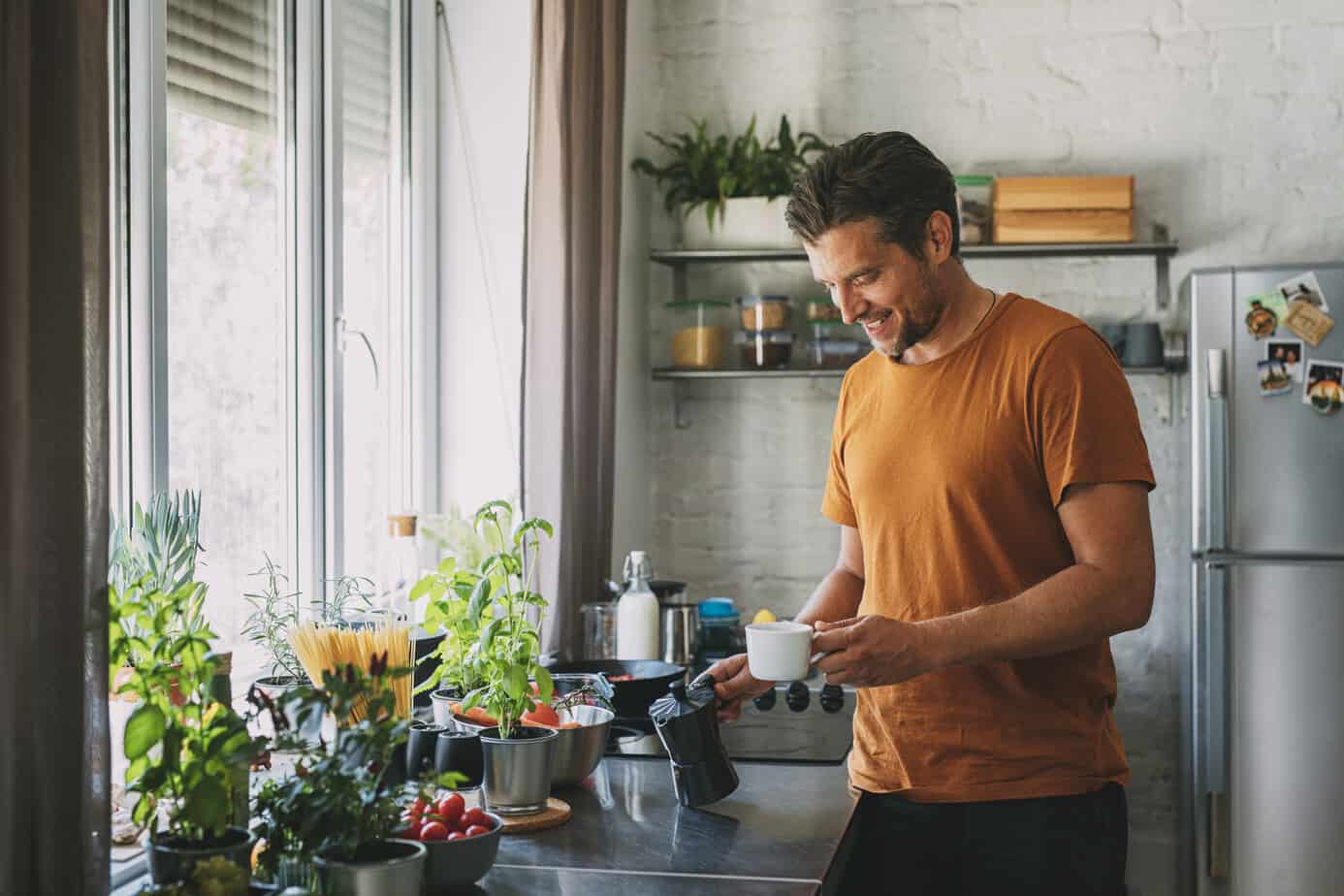Between the hustle and bustle of everyday life, finding time to sit quietly and unwind can seem nearly impossible. However, when you have a space in your home centered around self-care—a bedroom, a living room, or even a backyard patio—setting time aside to slow down becomes much easier. Of course, everyone has different methods for relaxation, but there are a few essential things you should keep in mind when creating your self-care space.
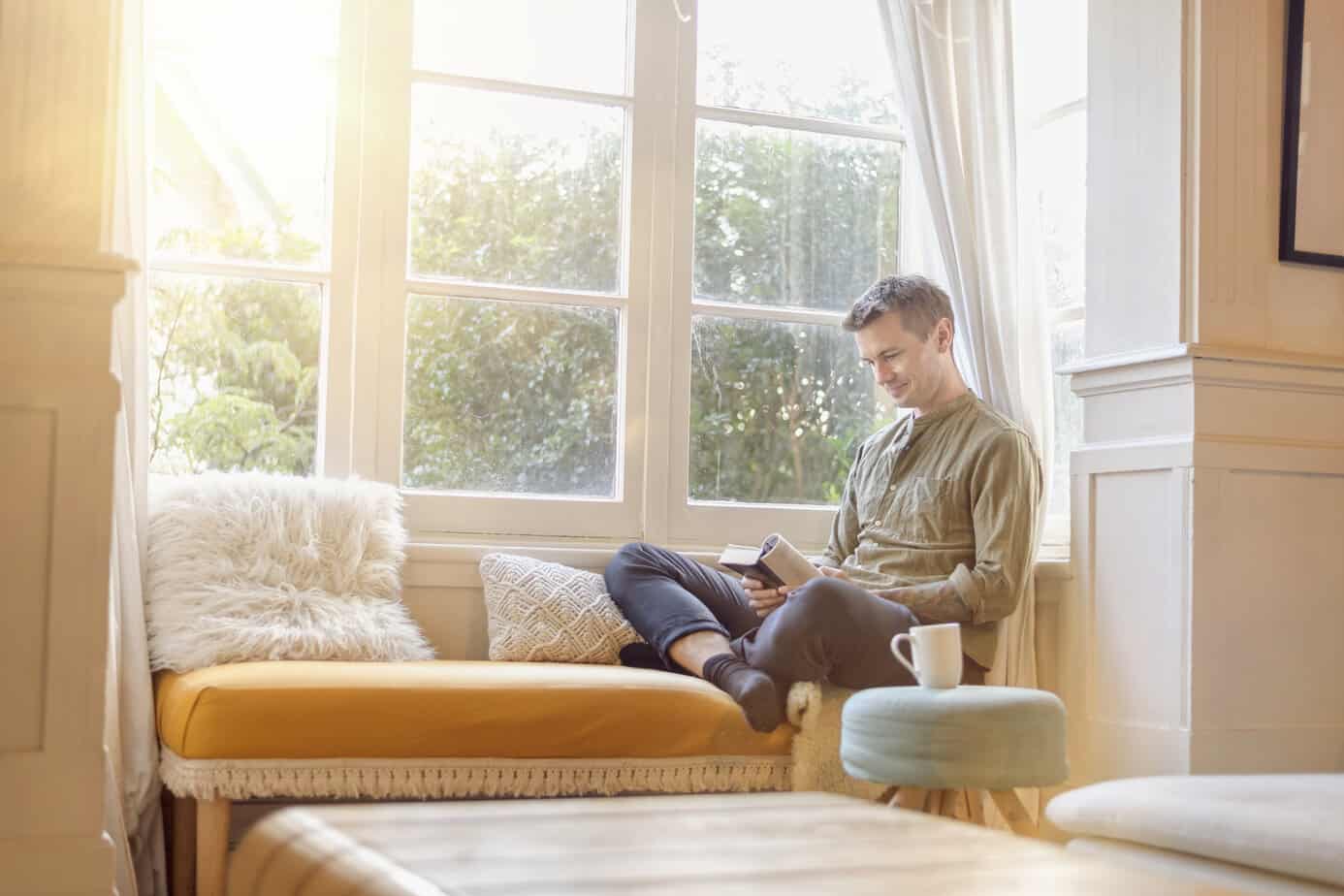
1. Designate an area for relaxation.
Look for a quiet place in your home that is far away from other people and your work or school area. Ensure that there is at least one window that can provide natural light. Your self-care oasis doesn’t need to take up an entire room either. If you have a small corner of your guest bedroom or a reading nook, you can easily transform it into a serene space beneficial to your mental health.
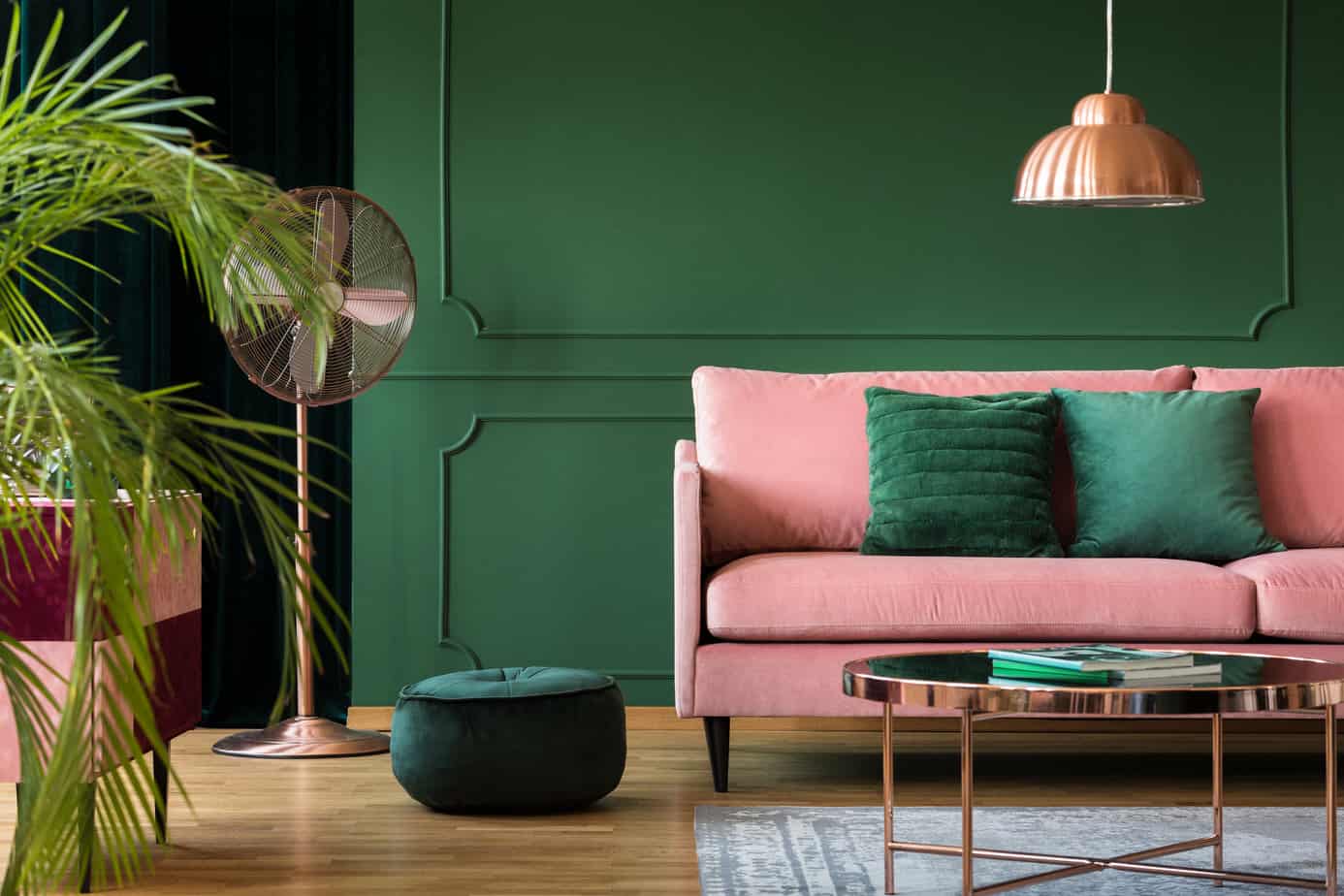
2. Paint the room with calming colors.
Colors can play an important role in how you feel when you enter a room. Backed by sleep experts, light blue promotes feelings of calmness and relaxation. This is especially helpful if you are designing a self-care space in your bedroom. Brown and beige inspire warmth and comfort, keep us grounded and create a distraction-free environment. Lastly, green can make a space feel peaceful and safe, given that this color is associated with grass, trees, and other plants found in nature. Studies have also shown that green is linked to increased feelings of hope, decreased fear of failure, and boosted creativity levels.
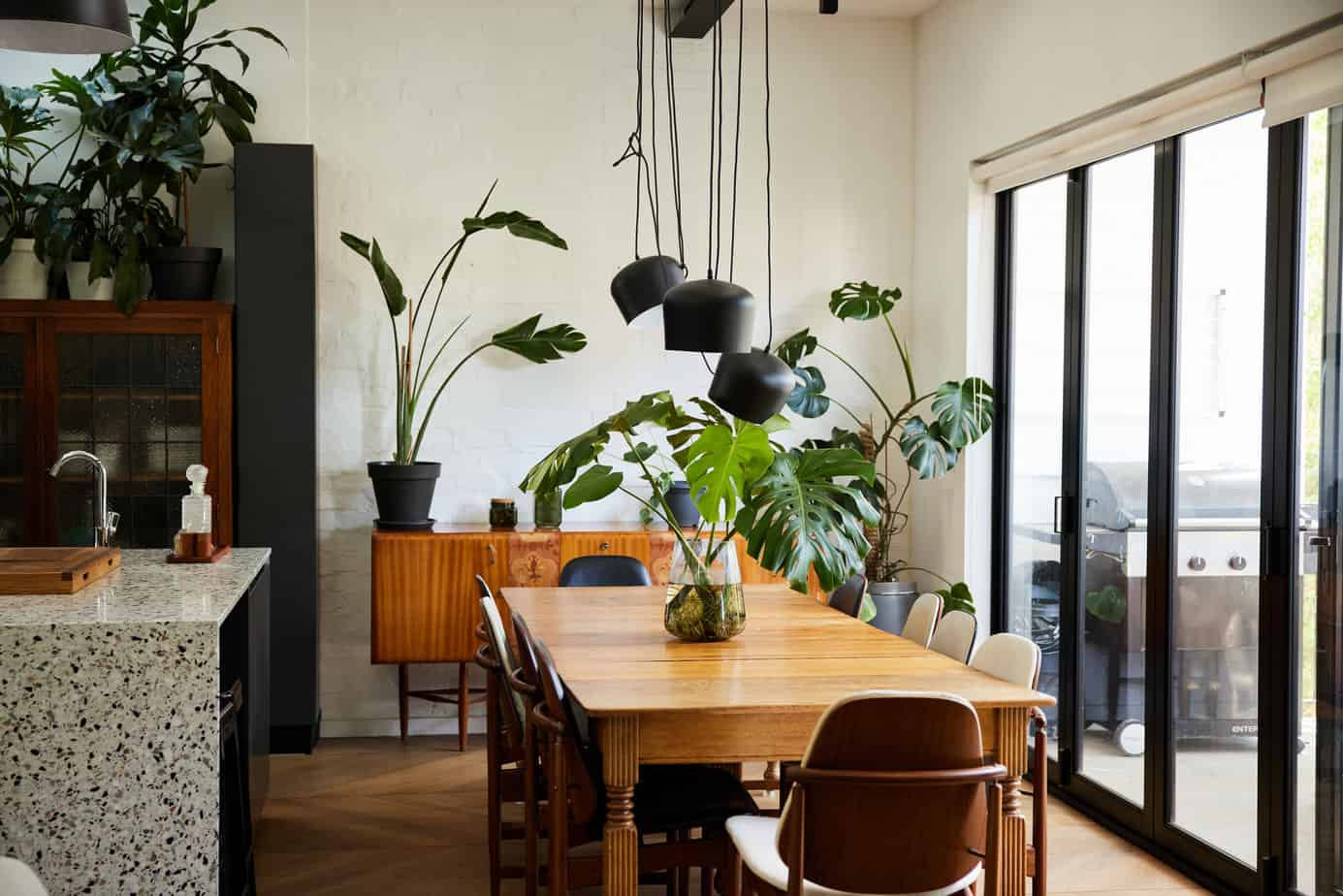
3. Fill your room with various houseplants.
Spending time in a space with indoor plants is a proven way to reduce stress and feel more connected to nature. Levi Haag, Wellness Coordinator at Mountainside, shares his insights about the various benefits of houseplants:
“In addition to making your home look fabulous, starting an indoor plant sanctuary can open up opportunities to connect with other plant lovers through social media or even in person at “plant trades” and meet ups. Learning new skills such as repotting, taking cuttings, and making your own soil mixes can also be a great way to increase neuroplasticity which helps to reduce mental decline and promote brain rewiring. Houseplants don’t just help our home and self-care space look better; they make us feel better too!”

4. Experiment with different lighting.
Lighting is crucial for setting up the proper atmosphere in your self-care space. Avoid having any bright fluorescent lights in your room as these can contribute to stress and suppress melatonin levels. Instead, create a calmer, chiller vibe with string lights, twinkling lights, and lamps with a shade to dim the light. This type of atmosphere can help your mind slow down and allow you to reflect on your day, and can also help you sleep better. Most importantly, having a window (or a few) nearby with lots of natural light coming in provides many health benefits. Natural light can boost vitamin D levels and greatly improve your mood. Another tip is to hang a mirror on the wall so light can bounce around the room.
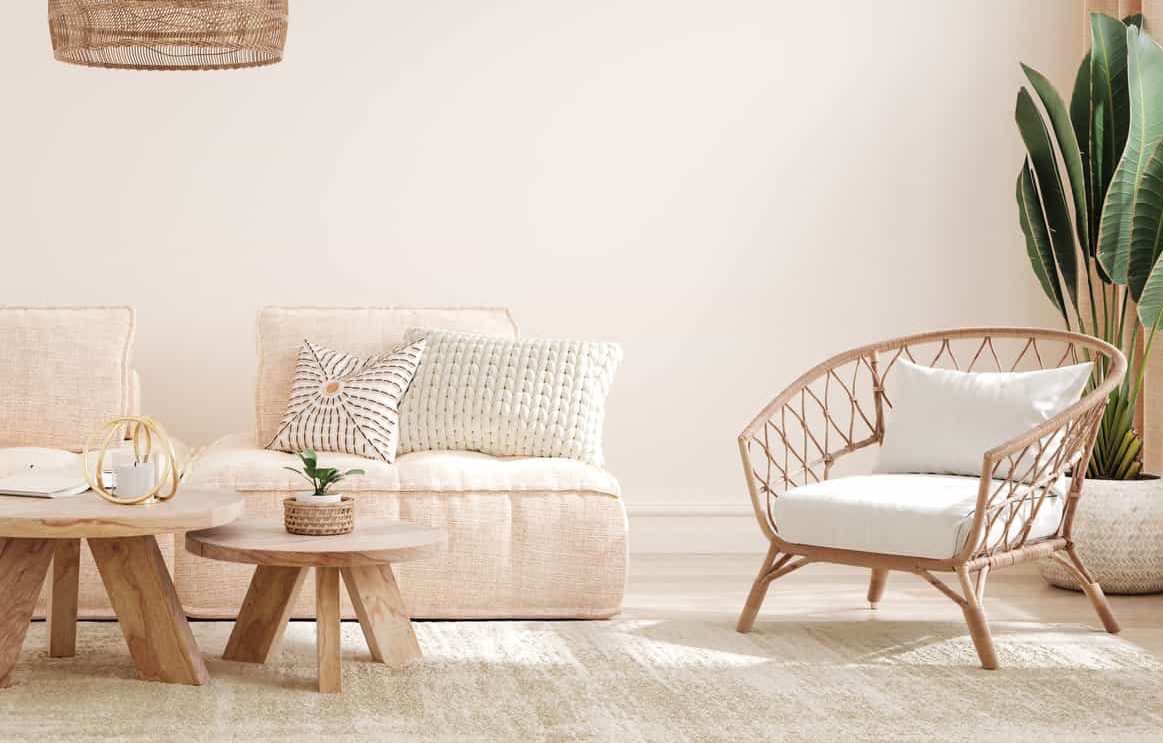
5. Choose your furniture wisely.
Your self-care space will likely be centered around furniture. You will need a comfortable place to sit or stretch out such as a couch, a chair, or even a hammock. If you are someone who relaxes more in an open and airy area, try going for a minimalist vibe with your furniture choices, including only what is necessary for the space. If you are aiming for a more intimate, cozy feel, design your space with the furniture placed close together with plenty of throw pillows and blankets. Earthy, more natural-looking furniture made from materials like wood, stone, or leather can help ground you after a long day. And a good rule of thumb is to always make sure that your room is clean and free of any unnecessary clutter.
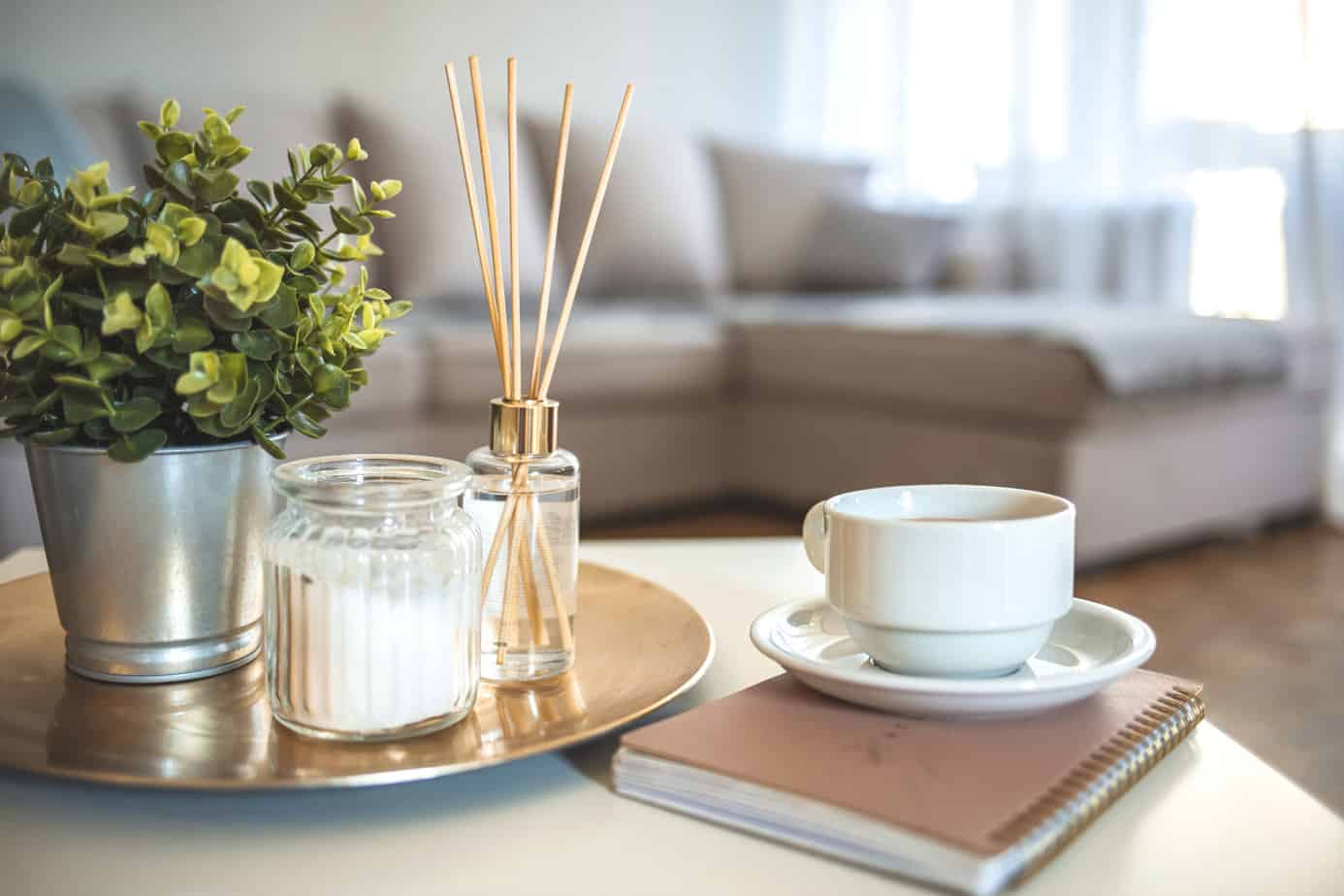
6. Include comforting objects.
As mentioned, every one envisions their self-care space differently. In addition to furniture, fill the room with other personal items that help you unwind. Keep in mind all these tips are just suggestions and a guide to help you turn your home into the ultimate wellness retreat. If you need inspiration, you can:
- Store a yoga mat in the room or place cushions on the floor if you enjoy doing meditation and deep breathing exercises
- Set up an art easel if you want to connect with yourself through painting.
- Jot down thoughts and write what you’re thankful for in a journal
- Engage your senses with an aromatherapy diffuser or a candle to boost your psychological well-being. There are many relaxing scents including lavender, tea tree, lemongrass, and more.
Tara Young, Wellness Coordinator at Mountainside, says, “Create a more peaceful ambiance with your favorite candle, an inspirational quote, soft lighting, and air-purifying plants. And lastly, never underestimate the power of a cup of tea.”
Whether you live in a studio apartment or share a house with other family members, you don’t need to have a large space to practice self-care. Simply having a small area in your home where you can feel physically comfortable and also keep your mental and emotional health in check is all you need. “Setting time aside for self-care is not selfish, it is revolutionary. As you improve your relationship with yourself, every other relationship improves. Remember, as with most self-care practices, consistency reigns supreme!” says Young.
If you or a loved one is struggling with addiction, Mountainside can help.
Click here or call (888) 833-4676 to speak with one of our addiction treatment experts.

 By
By 
